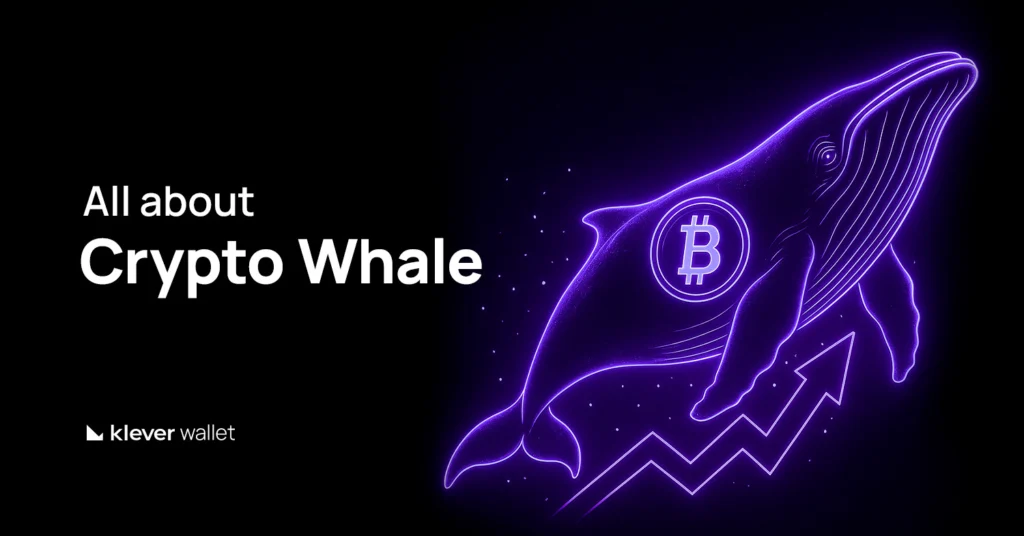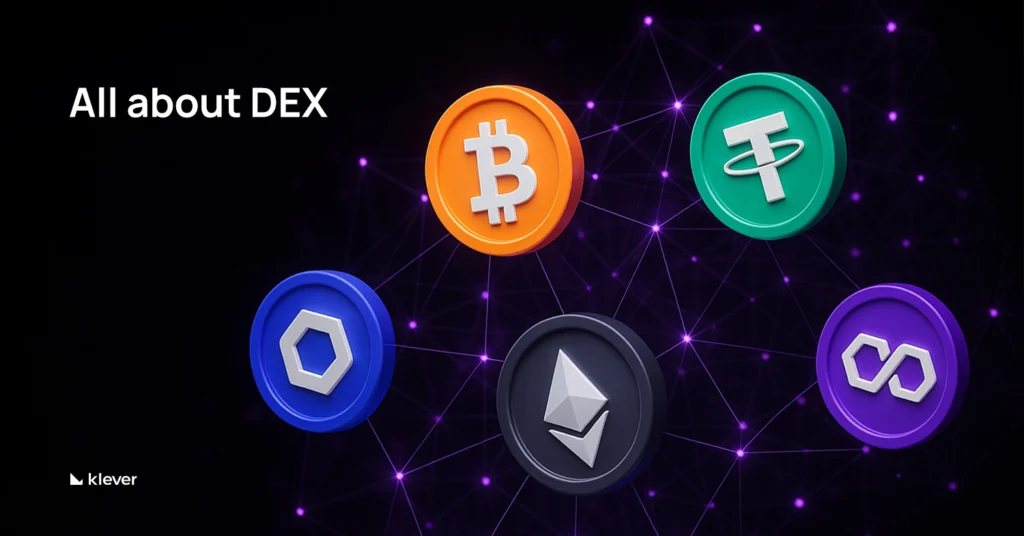
Traditional finance comes with limitations—high fees, slow transactions, and reliance on intermediaries. Decentralized finance (DeFi) is changing that, but scalability and interoperability remain key challenges.
That’s where Acala and its native token, ACA, come in. Acala is a cutting-edge DeFi hub built on Polkadot, offering seamless staking, lending, governance, and stablecoin minting across multiple blockchains.
In this article, we’ll explore how ACA powers the Acala network, its unique features, and why it is shaping the future of decentralized finance.
What is ACA?
Acala Token (ACA) is the core utility and governance token of the Acala Network, a DeFi and liquidity hub in the Polkadot ecosystem. It plays a key role in powering the network’s functionality:
- Transaction fees & smart contracts – ACA enables seamless transactions within Acala’s DeFi ecosystem.
- Governance – Token holders actively participate in decision-making.
- Stablecoin Collateral – ACA is used to mint aUSD, Acala’s decentralized stablecoin.
- Staking & Rewards – ACA fuels network security and DeFi incentives.
Acala is built for efficiency and scalability, ensuring users can interact with DeFi applications easily and across multiple blockchains.
What Sets Acala Apart?
Acala is designed to connect and integrate with multiple blockchains, making it more versatile and efficient than traditional DeFi platforms.
Why is this important?
- Fast and low-cost transactions – Designed for scalability
- Seamless cross-chain DeFi – Works across multiple networks
- Community-driven governance – Decisions are made by ACA holders
Acala is shaping the future of DeFi by ensuring transactions are smooth, scalable, and highly interconnected.
Ways to Use ACA
ACA is a powerful and versatile token within the Acala ecosystem. Here’s how it is used:
1. Participate in Governance
ACA holders vote on important network decisions, shaping the platform’s growth and evolution.
2. Pay Transaction Fees
All transactions within Acala, including swaps and smart contract execution, are powered by ACA.
3. Mint Stablecoins
Through the Honzon Protocol, users can use ACA as collateral to mint aUSD, Acala’s stablecoin pegged to the US dollar.
4. Earn Rewards & Staking Benefits
ACA supports staking pools and liquidity programs, rewarding participants for securing the network.
5. Enable Cross-Chain DeFi
As part of Polkadot’s parachain system, ACA connects different blockchains, creating a truly multi-chain DeFi ecosystem.
How ACA Powers the Acala Ecosystem
ACA is the foundation of Acala’s DeFi infrastructure. Here’s how it strengthens the network:
Powering Acala Protocols
ACA plays a key role in Honzon (stablecoins) and Homa (liquid staking), ensuring smooth operations.
Fees & Rewards
Users pay network fees with ACA and earn rewards through staking and liquidity mining.
Multi-Chain Interoperability
ACA moves across different blockchains, unlocking broader DeFi potential.
Acala’s DeFi Innovations
Honzon Stablecoin Protocol
Acala’s Honzon protocol powers the creation of aUSD, a decentralized and scalable stablecoin.
- Reliable and collateralized – Backed by crypto assets like ETH, DOT, and BTC
- Efficient and accessible – Allows users to borrow against holdings while maintaining their assets
Homa Liquid Staking
Staking with Acala offers additional flexibility. Instead of locking funds, users can stake DOT and receive L-DOT, a liquid version they can use across DeFi platforms.
- Retain liquidity while staking – Enjoy staking benefits while accessing funds for other DeFi opportunities
- Enhance network efficiency – Increases access to staked assets in the broader ecosystem
Lending & Borrowing
With ACA, users can:
- Borrow assets without selling their crypto
- Access liquidity while keeping their portfolio intact
- Use overcollateralization for secure lending
These features increase DeFi accessibility and provide more financial flexibility.
Sustaining ACA’s Liquidity & Growth
Acala has built-in incentives to maintain ACA’s liquidity and engagement:
- Staking Rewards – Users can earn ACA by staking or participating in liquidity pools
- Governance Incentives – Active governance participation is rewarded
- Auction & Liquidity Reserves – Designed to keep the market balanced and efficient
ACA Tokenomics: Understanding Supply & Distribution
Key Token Numbers
- Total Supply: 1.6 billion ACA
- Circulating Supply: ~885.74 million ACA
- Market Cap: ~$74.77 million
How ACA is Distributed
- 20.25% – Founding Team
- 18.33% – Early Backers
- 11.66% – Other Backers
- 49.76% – Acala Community
- 34% – Auction & Liquidity Reserve
- 10.76% – Foundation Reserve
- 5% – Ecosystem Development
ACA follows a vesting schedule until July 2027, ensuring a controlled, sustainable token release.
Why ACA is Paving the Future of DeFi
Acala is redefining decentralized finance with an infrastructure that is scalable, efficient, and truly interconnected.
- Cross-chain DeFi expands possibilities for users and developers
- Liquid staking unlocks more opportunities without sacrificing rewards
- Governance keeps the network decentralized and community-driven
ACA is the foundation for a next-generation DeFi ecosystem.
Store & Secure ACA with Klever Wallet
For those looking to safely store and manage ACA, Klever Wallet provides a secure and user-friendly solution.
- Safe and secure storage – Protect your ACA from potential threats
- Seamless transactions – Easily send, receive, and manage ACA
- Multi-chain support – Store ACA alongside other crypto assets
Download Klever Wallet now and secure your Acala tokens!




